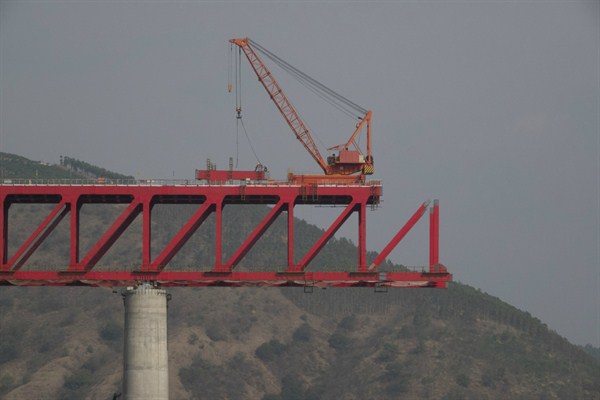Is Laos on the edge of an economic boom, or a bust? Six of the 11 countries in Southeast Asia have an external debt higher than the developing world average of 26 percent of gross national income, according to a report last year by FT Confidential Research, an independent research service from the Financial Times. Laos was the worst offender, with an external debt of 93.1 percent of its GNI. Laos was also weakest when it came to its ability to repay loans. Its ratio of external debt to exports, an important indicator, was 327.9 percent. Foreign currency reserves are also in short supply. They were valued at $885 million in March. While slightly up from $873 million in late 2018, the reserves account for just over one month’s worth of imports. In early 2017, the International Monetary Fund increased Laos’ risk of “external debt distress” from moderate to high.
“If we don’t borrow,” Prime Minister Sisoulith Thongloun told the Nikkei Asian Review in May, “Laos, as a least developed country, won’t develop further.” He told the same newspaper last year that he was “not concerned much about the burden of debt.”
Thongloun is partly correct to conflate his country’s economic growth with its borrowing. The World Bank’s latest economic update on Laos, released in August, projects economic growth to recover to 6.5 percent this year, up from 6.3 percent in 2018. This uptick is the result of “robust growth in the construction sector, driven by strong investment inflows to large infrastructure projects.” Indeed, the construction sector, which is dependent on credit, accounts for 32 percent of GDP, while other traditional areas of the economy—namely mining and agriculture—are diminishing. Profits from its mining sector, which made up 45 percent of all exports until recently, are falling as international commodity prices slump.

